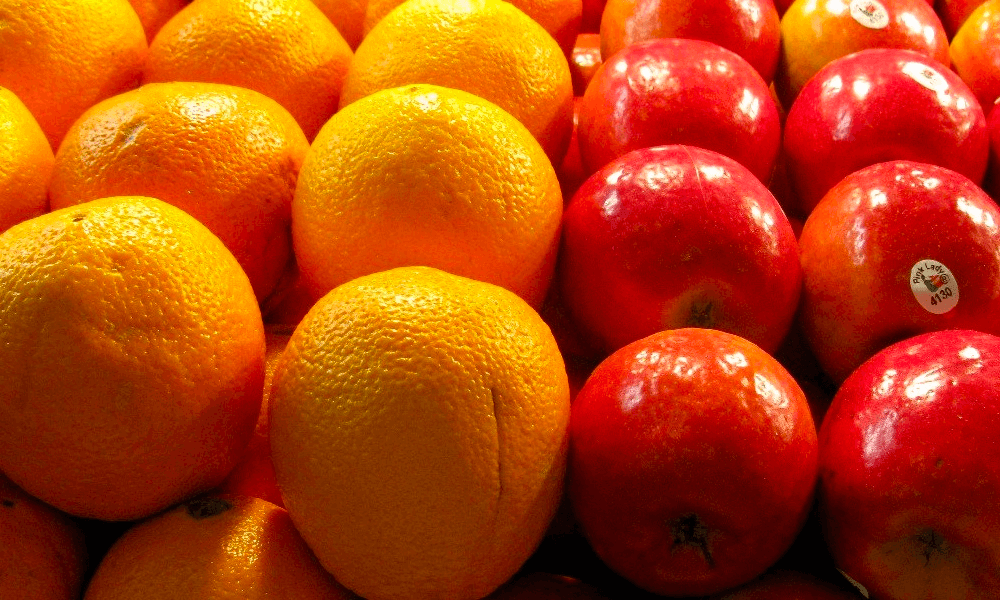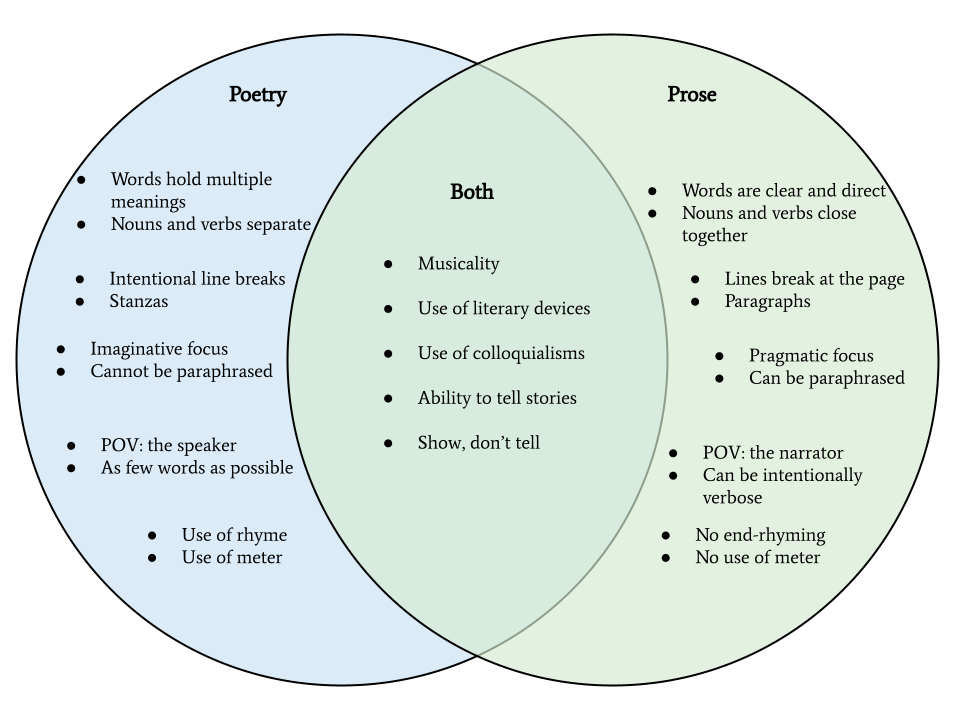There are many types of repetition in literature–at least twenty five, in fact! In poetry, repetition is paramount. Some even say it is the essence of poetry itself. In this post, we’ll answer the question “what is repetition in poetry,” from repeated lines in a poem, to stanzas, and words. We’ll also look at some examples of repetition in poetry, and look at how repetition is closely linked to rhythm and rhyme.
What is Repetition in Poetry Examples
First, let’s define repetition
From the microcosmic world of repetition of sounds (consonance, assonance, and alliteration) all the way out to the larger ideas of a poem in total, there are usually many examples of repetition in every type of poem you can find.
Repetition is the use of the same word, letter, phrase, number of syllables, stanza, or idea, multiple times. It is a fundamental feature of poetry and in fact one of the main ways a poem can be recognized as different from prose.
REPETITION IN POETRY DEFINITION
What is repetition in poetry?
Repetition in poetry is a writing technique that includes different kinds of repetition, including the repeated use of specific words, the reappearance of a given word at the beginning of each line, or the return of a previous idea at a later point in the poem.
Poet and teacher Theodore Roethke wrote, in his essay “Some Remarks on Rhythm” (1960), that repetition is in fact “the very essence of poetry.” Arguably, you can write a poem without repeating a single word or rhyme scheme or phrase, and call it a poem, but in that instance, you may find people in fact mistake your poetry for prose.
Therefore, when we ask what is repetition in poetry, we’re really asking, what is poetry itself?
Repetition in Poetry Definition & Features:
- Repetition is the “subatomic” element of poetry, its very essence and the characteristic that is present in all other features of poetry.
- Repetition in poetry can be found in everything from words, key visual images, specific names, entire lines, rhyme schemes, stanzas, or sentence fragments.
- In poetry, repetition can be used to emphasize certain ideas or feelings, intensifying emotional significance and creating a focal point that crystallizes what the poem is about and where it’s going.
Examples of Repetition in Poetry
Repetition is a Poet’s best friend
What does repetition mean in poetry and what is the use of repetition in poetry? A poet’s use of repetition is a useful tool to help pull focus onto an idea or emotion.
Let’s look at an example of repetition in poetry in the poem “From the Book of Time” by Mary Oliver. While rhyme is apparent in a first reading, if we look closer, what really makes the following stanza so evocative is the repeated lines, which create significance by creating groupings of ideas and images:
Even now I remember something
the way a flower in a jar of water
remembers its life in the perfect garden
the way a flower in a jar of water
remembers its life as a closed seed
This poem cleanly and simply illustrates the purpose of repetition. Though “flower” and “water” have an end rhyme (or “syllabic” rhyme), what really starts to bring the flower and water significance is the repetition of the line overall: “the way a flower/in a jar of water.”

Mary Oliver
Now the flower and water have attained more significance than a simple vase on a window sill. Next, there is the repeated line, “remembers its life.” So the flower begins to take on a personal history of its own: “remembers its life/in the perfect garden”; “remembers its life/as a closed seed.”
Without repetition, the flower might be pretty, but it does not have much emotional significance and has not yet become the doorway to an interior journey. This is an example of repetition in poetry being used to bring everyday, common images and ideas to life and use them as an entryway to a whole other way of experiencing the world.
What Does Repetition Mean in Poetry?
Rhythm is repetition in disguise
Once you look for repetition in poetry, you will realize it is, as Roethke asserted, the very essence of poetry. You might say the purpose of repetition is to make a poem, a poem.
Wait, you might say, isn’t rhyme the most identifying feature of poetry? But if you think about it, rhyme is actually a type of repetition. Rhyme is, by definition, the repetition of a syllabic sound or string of syllables.
This is why “orange” doesn’t rhyme with “apple” – because they use different vowel sounds; their vowels don’t repeat. When we’re thinking about what is repetition in poetry, it is repetition that gives poetry its distinctive rhythmic tone; meter does not exist without the repetition of syllables.

It’s apples and oranges
Not only is repetition of words significant in poetry, repetition is also the essence of rhythm, because repetition is fundamental to movement.
Let’s look at this idea of how deeply rhythm depends on repetition in poetry. Rhythm, at its essence, is the feeling of movement, and all movement comes from walking, one foot, then the other foot.
Rhythm takes us from Point A to Point B, but a feeling of movement doesn’t really take off unless Point B returns again to Point A, and so on. Just like you cannot really say you’re “walking” if you only take one step. It’s once you take the second and third step, and so on, that you’re really going somewhere.
Rhyme, therefore, doesn’t exist without repetition; repetition is encoded in the DNA of rhyme. Rhythm, therefore, is an essential part of our repetition in poetry definition.
What Does Repetition Mean in Poetry?
Repetition in poetry examples
Let’s look at some more examples of repetition in poetry. Take the simple idea, “It is a sad rainy day.” If a poet wants to express this idea, repetition of keywords or entire lines can be used for emphasis, to draw us into the endless recurrence of their sad feelings.
Their words can make us not only feel and see a visual, but also get a sense of an interior experience, an inner rhythm, if you will. Whereas a prose writer will describe the person who is sad, what happened, why they see no end to their sadness, and so on, in language that more or less moves from one linear point to another.
Let’s continue with example of the “sad rainy day” to look more closely at how we define repetition in literature:
Here is a poetic approach to this idea of a sad, rainy day:
Today the rain drips, drips, dropped.
Today my heart is ripping, ripping, lost.
And here is a prose approach to the same idea:
“I looked out the window, the gray sky a weight pulling on my eyelids, the constant pelting of a heavy rain pulling me down. I watched the gutters spilling onto the lawn, forming stagnant puddles. Like them, I go nowhere.”
Sure, these are not necessarily Pulitzer prize-winning examples of repeated lines in a poem! But the point is just that poetry and prose tend to take two very different approaches to expressing an idea.
Both are highly descriptive and can contain rich visual imagery. But one of the key differences between poetry and prose is that poetry uses repetition and has a rhythmic cadence to the way it brings visual ideas to life, whereas prose usually does not.

Comparing and contrasting prose and poetry
Repetition, which creates a feeling of rhythmic movement, is often the key to that distinction – if you look closely enough at most examples of repetition in poetry.
In this way, one of the best ways to discern what is repetition in poetry is to look for where you hear rhythmic movement, because that sense of movement usually isn’t possible without some kind of “one-and-two-and” repetition.
Rap is built on the inherent rhythmic quality of poetry. Take these lyrics from legendary rapper Killer Mike on his song “Reagan”:
We brag on having bread, but none of us are bakers
We all talk having greens, but none of us own acres
If none of us own acres and none of us grow wheat
Then who will feed our people when our people need to eat?
There’s a lot of repetition in action here. Mike repeats sentence construction in the first two lines (“We… but none…”) to build rhythm. The next two lines include repetition of words to hammer home a point and continue to build the flow. And all of this is happening within the repetition of rhyming.

Killer Mike
In “Knockin’ On Heaven’s Door,” Bob Dylan uses some simpler poetic repetition:
It’s gettin’ dark, too dark for me to see
I feel like I’m knockin’ on heaven’s door
Knock, knock, knockin’ on heaven’s door
Here, Dylan repeats words in the verse (“dark”), and then uses repetition in the chorus to create the sound and rhythm of actually knocking on a door.
In the following video, you can watch legendary Harlem Renaissance poet Langston Hughes read his seminal work, “The Weary Blues,” to a backing score from a jazz band. This multimedia use of poetry and music is an excellent illustration of the principle of poetic rhythm that has, at its core, repetition:
Watch Langston Hughes use repetition in poetry
What Does Repetition Mean in Poetry?
Repetition is the essence of poetry
What does repetition mean in poetry? Everything! While a poem doesn’t have to rhyme, and it doesn’t have to have a sing-song, metric feel, it does have to use some kind of repetition in order to be identifiable as poetry.
This is why Roethke said repetition is the “very essence” of poetry. Underneath all the surface features of poems (rich visuals, rhyme, stanzas) you will find examples of what is repetition in poetry from repeated lines in a poem to repeated concepts across stanzas, all the way down to the microcosmic level of repeated words and syllables.
From every tiny atom of a poem to the larger structure of the work overall, in almost any poem, you will find repetition.
Up Next
What is Repetition?
For many writers, thinking about repetition as poetry whittled down to its essence can be a useful way to jump start their use of this tool in their writing. But sometimes, you need more literal definitions. If this more poetic take on repetition isn’t enough and you really want to dig into the technical terminology for the different types of repetition, check out our related post on the subject. We get into all the terms you will ever need to know, whether you’re a screenwriter, a poet, or writer of any kind.
